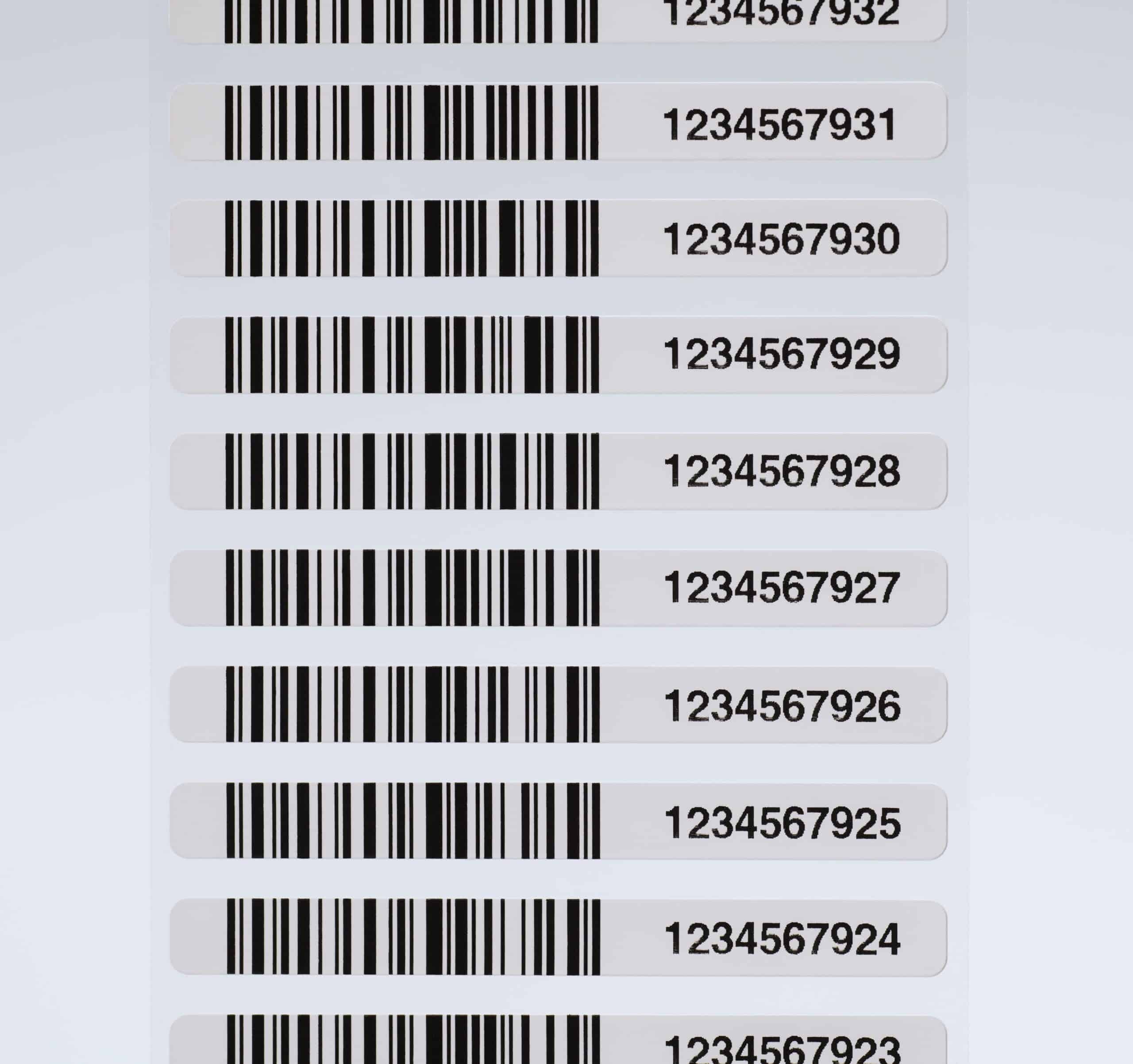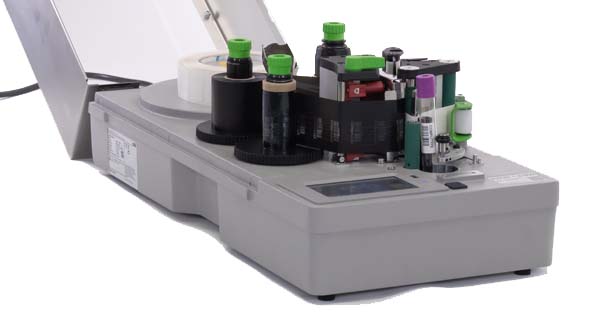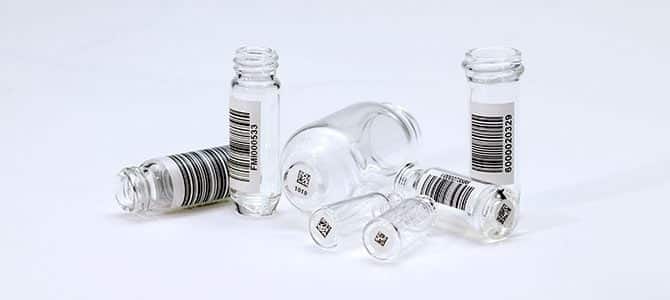As a leading provider of barcode and labeling solutions for laboratories, we frequently encounter inquiries about best practices for barcode application. These conversations invariably lead to an in-depth analysis of the current labeling practices within a facility and the exploration of alternative barcoding methods.
One common question that often arises is, “What are the different methods available for barcoding tubes and vials?” In this article, we aim to shed light on three distinct barcoding methods, their optimal implementation scenarios, and how they can empower laboratories to shift their focus from barcode logistics to pioneering research.
1. Hand-applied tube labeling
The traditional method of manually applying labels to tubes and vials remains a viable option. This approach requires a proficient workforce and access to either pre-printed label stock or blank label stock paired with a printer. Technicians under this manual labeling strategy either prepare their labware individually before testing or a designated labeling team takes on the responsibility. While this method is widely practiced, it’s important to recognize that it is best suited for a specific category of labs.
Hand labeling is most suitable for low-volume or irregular lab operations that can tolerate variations in label placement precision and allocate time to preparatory tasks. It often finds its niche in startup laboratories where utilizing existing employees for labware preparation can be cost-effective when sample volumes are low. Furthermore, in-house hand labeling solutions prove advantageous when sample volumes fluctuate, as labels can be printed as needed, and the printer can be repurposed for other tasks. However, as labs grow beyond their initial stages, the limitations of manual labeling become more apparent.

One major concern with manual labeling is the potential for human error. Tubes and vials frequently contain human specimens, necessitating accurate labeling for proper diagnosis and patient treatment. Mistakes during the manual labeling process can compromise sample integrity, leading to critical issues in the diagnostic field that must be avoided at all costs. Additionally, poorly placed labels may interfere with downstream processes, especially as automation becomes more prevalent in laboratories.
Managing inventory and maintenance of materials like labels and ribbons, as well as the upkeep of printers, becomes the responsibility of employees when hand labeling is chosen. This can incur costs if errors or inconsistencies arise in these processes.
2. Automated vial label applicators
The advent of automation has ushered in significant improvements in efficiency and accuracy, extending to labware label application. Various levels of automation equipment are available, ranging from standalone desktop units that apply labels individually to larger, customized machinery integrated into automated workflows. For instance we offer several tube labelers including the Axon 1 and the Axon 2 from cab Technologies.
Automated equipment ensures precise label placement on labware, enhancing consistency and scanning efficiency. It also significantly accelerates the labeling process compared to manual application methods, further boosting efficiency. Automated labeling is particularly well-suited to:
- High-volume applications, where automation expedites processes, increases throughput rates, and frees up employees to focus on more valuable tasks.
- Larger automated processes, especially in healthcare, where precise label placement is crucial to prevent stoppages in downstream automation.
- Ensuring label accuracy, critical in healthcare, as automation equipment can accurately record and place variable data on samples, reducing the of mislabeling or lost samples.

While automation offers numerous advantages, it’s essential to acknowledge that it requires a substantial investment in terms of time and budget. Planning, space considerations, integration with existing automation, and employee reallocation are all factors that need careful consideration. However, when implemented correctly, automation can yield a justified return on investment.
3. Outsourcing pre-barcoded labware kits
Some label and labware suppliers offer outsourcing programs that handle the procurement, printing, and application of barcode labels onto labware. These suppliers customize labware to your specifications and may even provide additional services such as tare weighing, special marking technologies, kitting, sorting, and custom packaging. This option allows laboratories to take a hands-off approach to labeling, enabling staff to concentrate on more valuable laboratory processes.
Outsourcing pre-barcoded labware kits is ideal for applications of any volume that do not require variable information and demand a long-term barcoding solution. For samples requiring extended storage in harsh environments, more durable marking technologies, such as direct mark and ceramic labels, can be employed.
At Computype, we offer a variety of marking technologies to cater to labs requiring resilient or colored identification options. This approach not only saves time and labor but also conserves space in stockrooms by eliminating the need for extensive labware and label-related supplies.
However, like the other two methods, outsourcing has its drawbacks. It is not suitable for time-sensitive or patient-specific information, as labels are pre-printed and applied. Additionally, relinquishing direct control over labeling to an outsourcing partner requires trust and collaboration to ensure that your specifications are met.
In conclusion, the choice of barcoding method should align with the unique needs and growth stage of your laboratory. Whether you opt for manual labeling, automation, or outsourcing, a well-considered decision can enhance efficiency, accuracy, and overall laboratory productivity, allowing you and your team to dedicate more time to advancing vital research endeavors.
